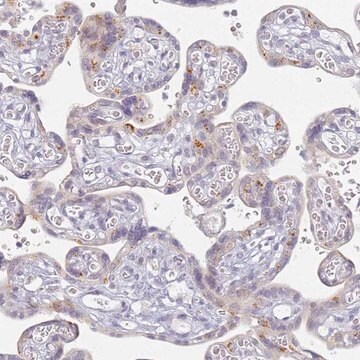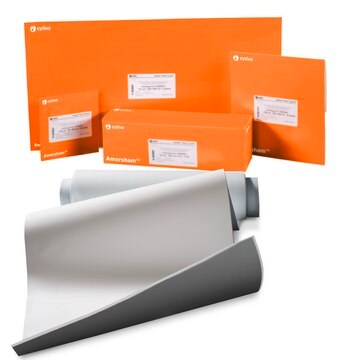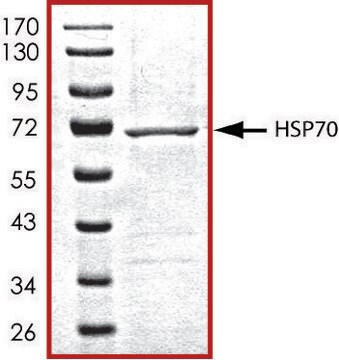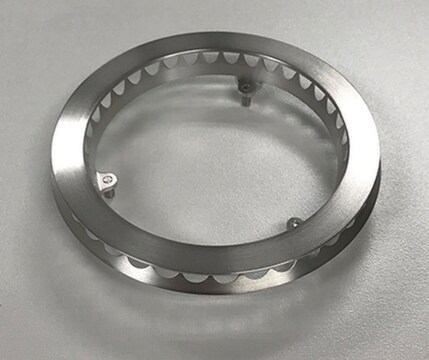ZRB2097
Anti-LAMTOR1 Antibody, clone 1M19 ZooMAb® Rabbit Monoclonal

recombinant, expressed in HEK 293 cells
Sinónimos:
Late endosomal/lysosomal adaptor and MAPK and MTOR activator 1, Lipid raft adaptor protein p18, Protein associated with DRMs and endosomes, Regulator complex protein LAMTOR1, p27Kip1-releasing factor from RhoA, p27RF-Rho
About This Item
Productos recomendados
biological source
rabbit
Quality Level
recombinant
expressed in HEK 293 cells
conjugate
unconjugated
antibody form
purified antibody
antibody product type
primary antibodies
clone
1M19, recombinant monoclonal
description
1M19 Clone
product line
ZooMAb® learn more
form
lyophilized
mol wt
calculated mol wt 17.75 kDa
observed mol wt ~15 kDa
purified by
using Protein A
species reactivity
human
species reactivity (predicted by homology)
bovine, rat, monkey, mouse, porcine, feline, horse, canine
packaging
antibody small pack of 25 μL
greener alternative product characteristics
Waste Prevention
Designing Safer Chemicals
Design for Energy Efficiency
Learn more about the Principles of Green Chemistry.
enhanced validation
recombinant expression
Learn more about Antibody Enhanced Validation
technique(s)
affinity binding assay: suitable
immunocytochemistry: suitable
immunohistochemistry: suitable
western blot: suitable
isotype
IgG
epitope sequence
Internal
Protein ID accession no.
UniProt accession no.
greener alternative category
shipped in
ambient
storage temp.
2-8°C
Gene Information
human ... LAMTOR1(55004)
General description
Specificity
Immunogen
Application
Evaluated by Western Blotting in PANC-1 cell lysate.
Western Blotting Analysis: A 1:1,000 dilution of this antibody detected LAMTOR1 in PANC-1 cell lysate.
Tested Applications
Affinity Binding Assay: A representative lot of this antibody bound LAMTOR1 peptide with a KD of 5.7x 10-6 in an affinity binding assay.
Immunohistochemistry (Paraffin) Analysis: A 1:100 dilution from a representative lot detected LAMTOR1 in Human kidney tissue sections.
Immunocytochemistry Analysis: A 1:100 dilution from a representative lot detected LAMTOR1 in PANC-1 cells.
Note: Actual optimal working dilutions must be determined by end user as specimens, and experimental conditions may vary with the end user.
Target description
Physical form
Storage and Stability
Other Notes
Legal Information
Disclaimer
¿No encuentra el producto adecuado?
Pruebe nuestro Herramienta de selección de productos.
Storage Class
11 - Combustible Solids
wgk_germany
WGK 1
flash_point_f
Not applicable
flash_point_c
Not applicable
Elija entre una de las versiones más recientes:
Certificados de análisis (COA)
It looks like we've run into a problem, but you can still download Certificates of Analysis from our Documentos section.
Si necesita más asistencia, póngase en contacto con Atención al cliente
¿Ya tiene este producto?
Encuentre la documentación para los productos que ha comprado recientemente en la Biblioteca de documentos.
Nuestro equipo de científicos tiene experiencia en todas las áreas de investigación: Ciencias de la vida, Ciencia de los materiales, Síntesis química, Cromatografía, Analítica y muchas otras.
Póngase en contacto con el Servicio técnico








